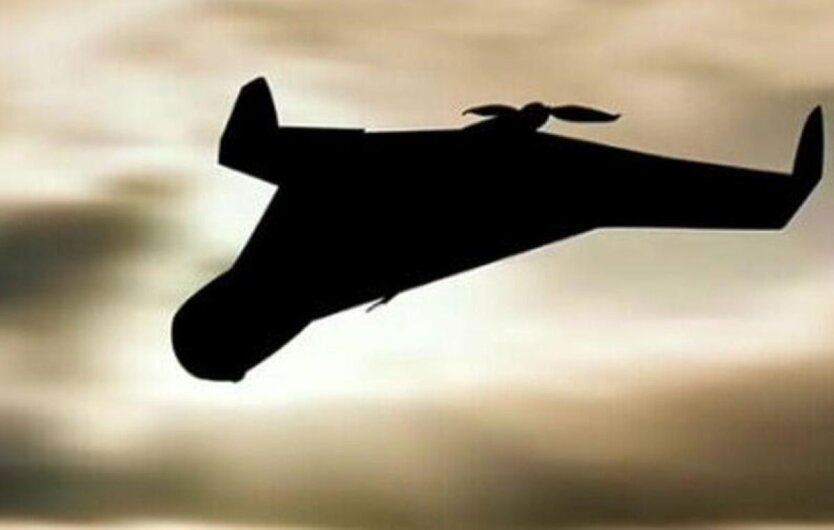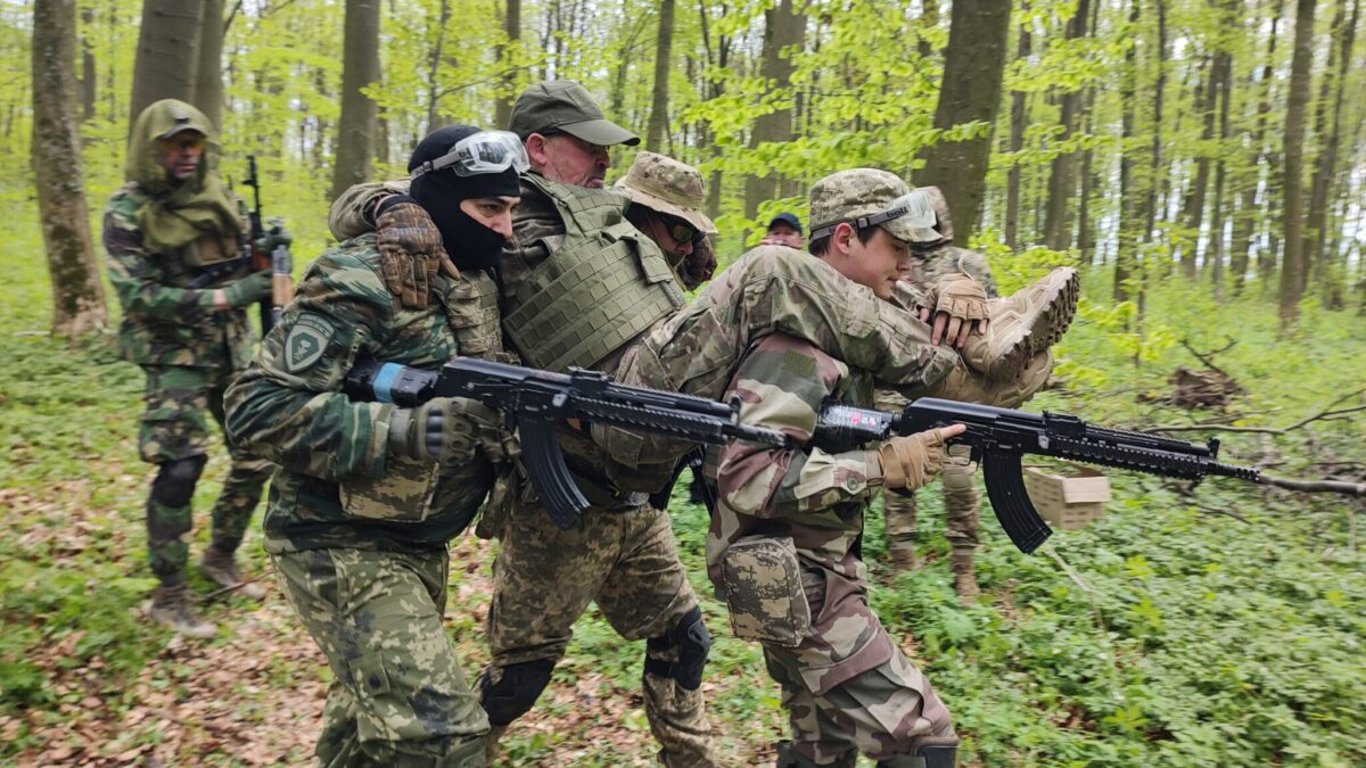Russia increases production of 'Shaheds' under international sanctions.


The Ukrainian economic zone 'Alabuga' in Tatarstan has become a main topic for the international community due to its transformation into a key military production facility, where Iranian unmanned aerial vehicles 'Shahed-136' are manufactured.
Currently, factories in the SEZ 'Alabuga' produce approximately 4500 UAVs per year. However, by 2025, it is planned to increase production to 6000 UAVs per year. It is also expected to increase the number of personnel from 900 people in 2023 to 2600 people in 2025, reports the Associated Press.
It is noted that at the beginning of the war, Russia and Iran signed an agreement worth $1.7 billion for the purchase of Shahed 136 UAVs. Drone deliveries to Russia started in disassembled form, but later production was moved directly to 'Alabuga'.
In a situation of record-low unemployment, where many Russians have already entered the military industry, been involved in combat in Ukraine, or fled abroad, the plant management turned to college students and cheap foreign labor for help, as finding workers was quite challenging.
'Alabuga' is the only Russian facility actively recruiting women from Africa, Asia, and South America for weapon creation. Experts estimate that about 90% of foreign women hired under the 'Alabuga Start' program are working on drones.
Officials conducted recruiting activities in Uganda and tried to recruit employees from orphanages. The plant also attracts workers from the Alabuga Polytechnic College – graduates of a vocational boarding school for Russians aged 16-18 and 18-22-year-old natives from Central Asia, who already consider themselves experts in UAV production. Some workers are only 15 years old and complain about poor working conditions.
Read also
- Service in Territorial Defense Groups — does this exempt from conscription
- Resident of Kharkiv Region Justified the Aggression of the Russian Federation — Court Decision
- In Russia, an American woman who fled the US 'due to racism' was assaulted
- Patrol officer helped a man avoid the military enlistment office — how the court punished him
- Refusal to Accept e-Military Record - Why This Decision by the TCC Is Illegal
- Trump responded to what he will do when the 50-day deadline for Russia expires









